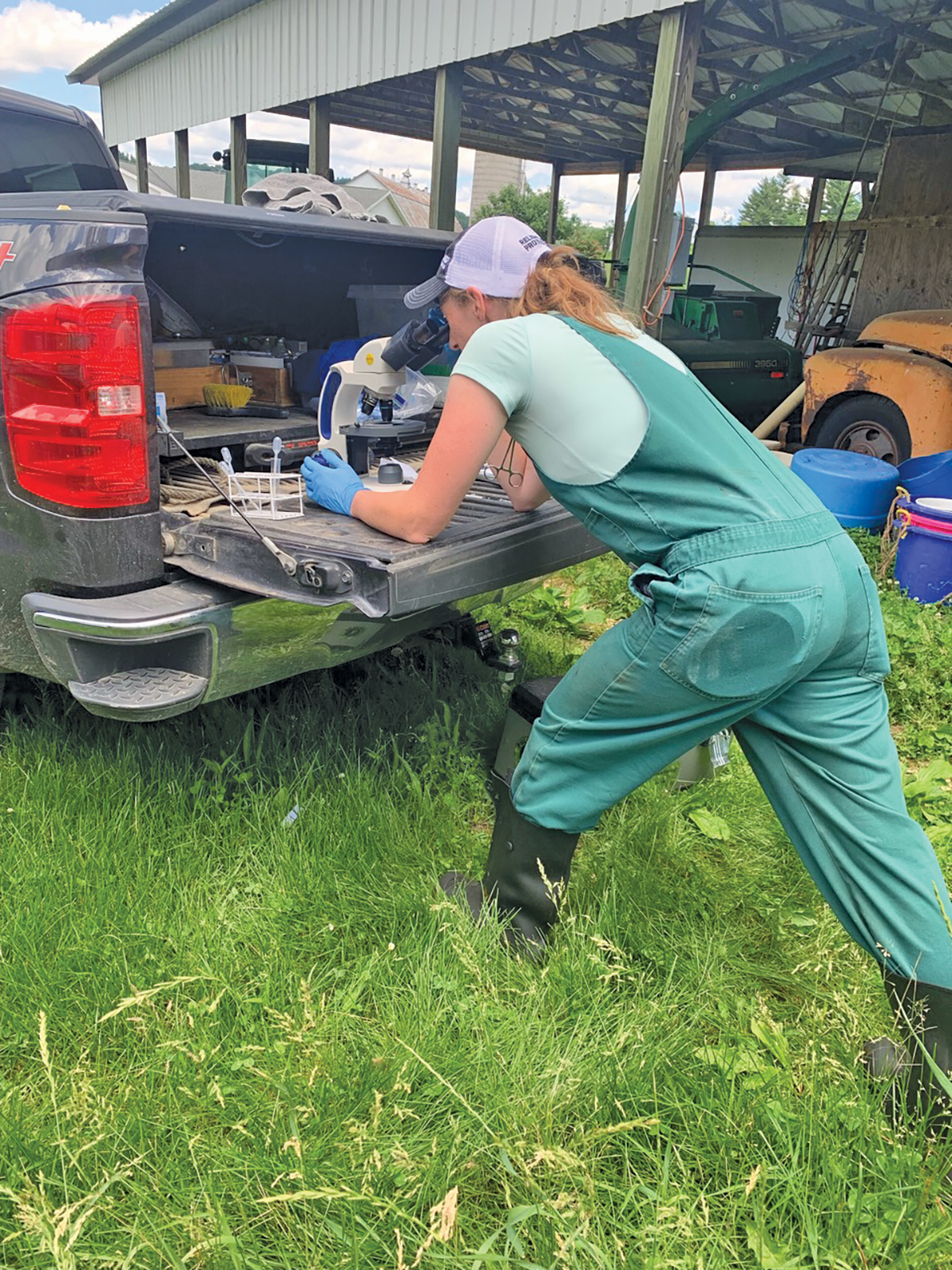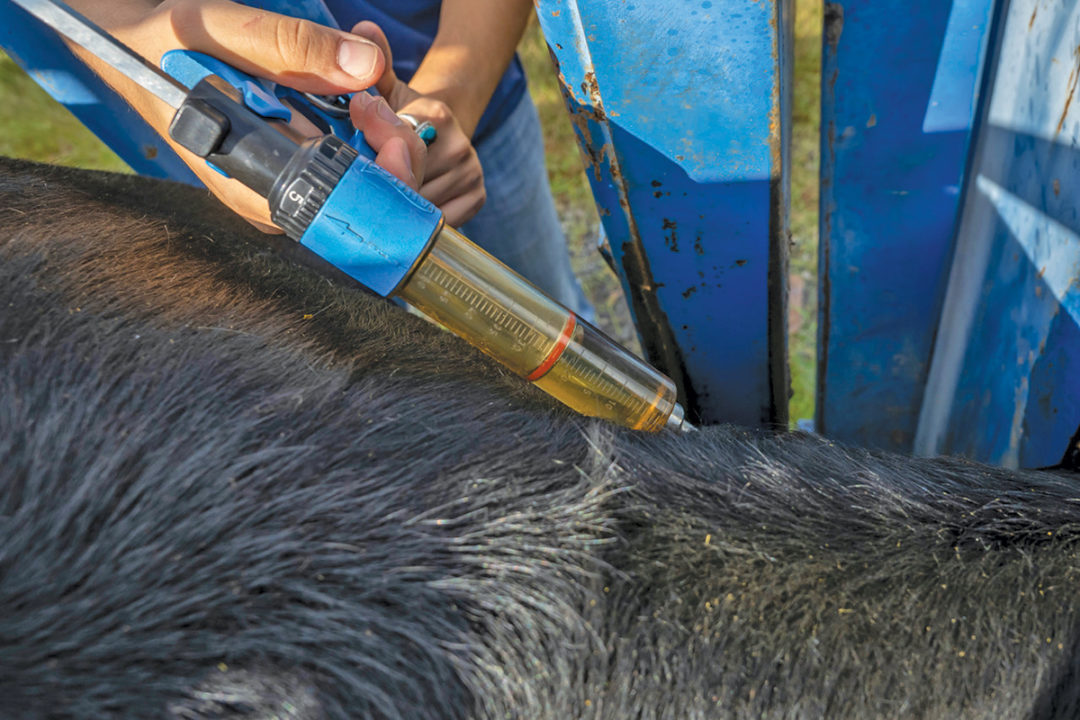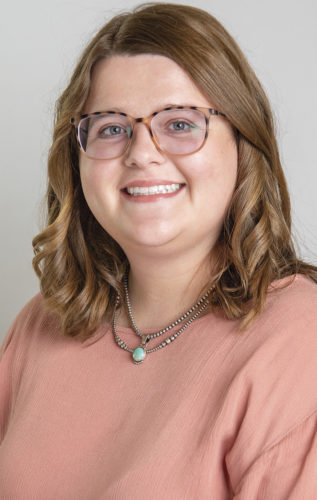For over two decades, rural America has faced a crisis very few are talking about: a shortage of veterinarians. This shortage puts stress on both veterinarians and producers, affecting the entire food animal system. While this shortage is not a new issue, it’s worsened since the start of the COVID-19 pandemic.
The shortage of veterinarians is a national and international issue, according to Rosslyn Biggs, DVM, director of continuing education and beef cattle extension specialist at Oklahoma State University. Here in the U.S., over 500 counties in 44 states had vet shortages in 2019, many of them rural areas, according to the USDA, and this has only worsened since.
“Rural veterinarians have been experiencing shortages and underservice for a long time,” Biggs says. “This is largely related to similar issues with human medical care in rural areas.”
Only about 5% of vet students are interested in food animal and rural medicine, said Lee Jones, DVM, food animal health and management professor at the University of Georgia. Students’ focus tends to narrow during vet school. There are more opportunities for small-animal faculty work in many vet schools and more mentors in practices who reach the students compared to the food animal-focused veterinarians.
The veterinary unemployment rate was 0.7% in 2020, and this trend continues to decline, according to the 2021 American Veterinary Medical Association (AVMA) State of the Profession report. It’s expensive to become a veterinarian and, once students graduate, it is more lucrative to work in private and small-animal practices.
 Nicole Costello examines a semen sample during a breeding soundness exam. Photo provided by Nicole Costello. | Photo provided by Nicole Costello.
Nicole Costello examines a semen sample during a breeding soundness exam. Photo provided by Nicole Costello. | Photo provided by Nicole Costello.
“It feels like every practice in the state of Wisconsin is hiring,” says Nicole Costello, a 2017 Iowa State University veterinarian graduate and partial practice owner in Mondovi, Wisconsin. “And there just aren’t that many students [who] are interested in doing a large-animal medicine. I feel like there’s a shift of people who are more interested in small-animal, and there’s definitely more money in doing small-animal, which is always appealing.”
It can be difficult to attract young people back to rural communities, Biggs says. Veterinary medicine in rural areas often comes with longer hours and lower salaries than small-animal, private and urban practices.
Student debt is forcing students to take higher-salary jobs, according to Biggs. The average vet school debt is $188,853, for those 83% of students with debt, according to the 2021 AVMA report. Thirty-four percent of students graduate with more than $200,000 in debt.
“It’s kind of ironic that the farm life is idealized,” Jones says. “But they’re some of the most stressed-out people. When you look at the level of stress among our farmers and ranchers compared to rural veterinarians, we have the same level.”
The life of a rural veterinarian is a difficult lifestyle. Thirty-eight percent of vets are considering leaving the profession, according to the 2021 AVMA report. The top reason for this consideration is work-life balance. Vets work long, unpredictable hours, especially those in rural and single-doctor practices.
“Farmers talk to their vets like bartenders,” Jones says. “I remember being in practice talking with several farmers who were on the verge of bankruptcy, and just having that tailgate conversation with them. They just felt very comfortable with us and would confide in us when you have that relationship.”
Mental health in the veterinarian practice continues to be a struggle for many. Suicide rates for all involved in agricultural practices are higher than any other profession.
Impact to farmers and ranchers
“The challenge that we have, from a beef cattle perspective, is: Veterinarians, in my mind, are integral to raising quality, healthy cattle. The veterinarian’s role is critical to animal welfare and having a high degree of food safety on the plate for the consumers,” Biggs says.
The shortage of veterinarians in rural America directly affects many farmers and ranchers. Producers would have limited access to vet services, according to Biggs. Additionally, they’d lack the ability for a timely emergency response when needed.
A vet call cost for a farmer or rancher will also continue to rise with a shortage of vets in their area, according to Jones. The farther a vet must travel and the more work they take on, the more it will cost.
“I encourage producers, if they don’t have a relationship with a veterinarian, they need to establish one, and the time to establish that is not a 2 a.m. calving call,” Biggs says. She continues, adding that veterinary practices are similar to small businesses and need clients to support them. Establishing a relationship with your vet will allow them to keep their practice open in your area, a benefit to both you and them.
Pandemic amplifies issue
The COVID-19 pandemic increased the veterinarian shortage crisis. As of April 2021, there are 12.5 jobs for every veterinarian seeking a position, according to the AVMA Career Center. This is up from January 2019, when only 3.7 jobs per every veterinarian seeking a position were open.
“I would say we’ve seen fewer applicants,” Costello says. “And this skill set of applicants was lower, but we expect that. Before, we’d have quite a few students in the summer with us – and then with COVID, there was two years where we didn’t have any students riding with us. So that made a big difference.”
Solutions to the crisis
“We’ve done an awful lot of good of describing the circumstances and situations and all of the factors that contribute to this real shortage,” Jones says. “But no one is, no one has come up with some really long-term sustainable solutions.”
In an attempt to help with the issue, Oklahoma State University developed the Integrated Beef Cattle Program for Veterinarians. This program’s goal is to help fight the veterinarian shortage crisis by bringing together vet students and practicing veterinarians to develop skills and mentorships, according to Biggs.
Though it had to adapt over the past few years due to the pandemic, Biggs is hoping to expand the program and get more veterinarians from states beyond Oklahoma involved. Those interested in participating can find more information on their website (College of Veterinary medicine - Integrated beef cattle program).
Another program attempting to help veterinarians is the USDA Veterinary Medicine Loan Repayment Program (VMLRP), according to Jones. The VMLRP will pay up to $25,000 each year for three years toward qualified educational loans of eligible veterinarians who agree to serve in a veterinarian shortage area. This program helps new graduates bridge the gap of income they would receive working in an urban practice.
We’ve all heard the phrase, “Thank a farmer.” But let’s not forget about the veterinarians who help get our meat to everyone’s dinner plates. A veterinarian’s job is difficult – but without them, who would be left to take care of our food supply?








